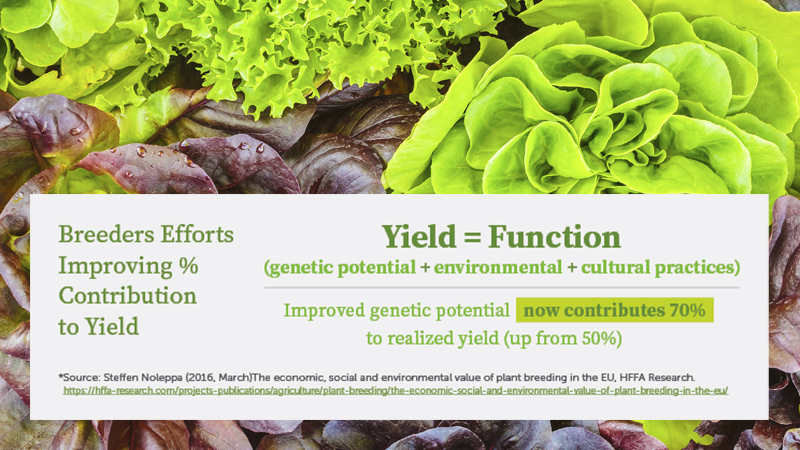Michigan Researchers Help Growers Battle Bugs

There is one area that I, for one, feel pretty optimistic about as we head into 2012, and that is the threat of invasive insect species. I’m not saying that problems such as the brown marmorated stink bug (BMSB), spotted wing drosophila (SWD), and others will disappear. However, after sitting through a number of pest-specific educational sessions during last month’s Great Lakes Fruit, Vegetable & Farm Market Expo in Grand Rapids, MI, it’s clear that researchers are planning ahead to make sure that if and when these pests become big problems in new areas, growers are prepared.
Expert Analysis
As expected, BMSB and SWD, along with the light brown apple moth, were major topics of discussion during the Expo. Here’s a sampling of some of the information that was presented by speakers from Michigan State University (MSU):
• It appears as if BMSB will be limited to one generation per year in Michigan, said post-doctoral researcher Anne Nielsen. While BMSB populations in the state are very low right now, a detection program has already been established, and management plans are in place. While spray guides from other Eastern states may be helpful resources, Nielsen noted that they don’t always provide orchard-wide management of pests such as codling moth and Oriental fruit moth. At the same time, some states that were able to limit BMSB damage in 2011 did see an increase in secondary pests that are not always a seasonal problem.
• MSU tree fruit entomologist Larry Gut addressed the SWD, which has been found in several counties in Michigan (as well as most fruit growing states in the U.S.). Gut said SWD may not turn into a severe problem for the state’s cherry and peach growers, because it is limited by winter cold. In addition, the SWD flies that were found in traps this year were detected late in the season, after cherry harvest and at least halfway through peaches. Even with this lesser risk, however, Gut said intense monitoring and trap programs have been set up. Gut also noted that several insecticides used to control cherry fruit fly may be effective against SWD as well.
• Unlike tree fruit growers, blueberry growers may indeed be at high risk for SWD, said small fruit Extension specialist Rufus Isaacs, due to the crop’s ripening and harvest window. However, Isaacs pointed out some chemicals that are labeled for SWD control, as well as two parasitic wasps recently discovered in Oregon. The bottom line, says Isaacs, is that growers should be able to maintain their IPM program while addressing SWD, as long as they monitor and take action after the first SWD capture.
• Tying everything together, Matt Grieshop of MSU’s Organic Pest Management Laboratory explained how growers can maintain an IPM program while dealing with invasive pests. Grieshop emphasized that sampling and managing early generations is critical, especially with SWD, in order to predict future development. In the end, Grieshop said, pests such as BMSB and SWD may be intimidating, but they are not the first, and will not be the last, invasive pest growers will encounter.
Be Prepared
What was clear during all of the above presentations is that researchers are doing everything they can to plan ahead as well as learn as much as they can from states where these two pests have been most problematic.
So what can you do if you’re situated in a state where these pests, or others, may be heading? Here are two important rules to follow:
First, scout as often as you can. Whether you’re using traps, scouting by hand, or partnering with a university or company, do everything you can monitor when these pests might become present at your farm.
Second, and perhaps more important, study up on these pests as much as you can. The more you know in advance about their biology, life cycle, and signs of damage, the more prepared you will be. Sign up for pest alerts and Extension newsletters (even if they’re not from your own state). At meetings, ask questions of other growers who live in states where these pests have been found. Like the Boy Scouts say, it’s as simple as this: Be Prepared.










